Good day to you. The topic we’re delving into today is one close to my heart – kitchen drain maintenance.
As an experienced plumber, I’ve encountered more blocked kitchen drains than you’d believe.
Now, let’s discuss the pivotal points of maintaining your kitchen drains effectively. They’re not tricky, but they certainly are crucial.
- Preventing Clogs: A well-maintained drain is a clog-free drain. Simple tasks like not throwing large food particles down the drain can go a long way.
- Cleaning Drains: Using safe and effective techniques for cleaning your kitchen drains ensures longevity and smooth functioning.
- Recommended Tools: There are tools designed specifically for removing kitchen drain clogs. They’re lifesavers in a pinch.
- Weekly and Monthly Routines: Keeping up with regular kitchen drain clean-ups can prevent many potential issues.
- Flushing Your Drain: Regularly flushing your kitchen drain ensures a clog-free and hygienic environment.
- Maintaining Garbage Disposal: Proper cleaning and maintenance of your garbage disposal unit is also vital in this whole process.
- Professional Help: Sometimes, the situation calls for a professional’s touch. Don’t hesitate to call in for professional drain cleaning when required.
All these tips will ensure that your kitchen drains stay in good nick, ensuring smoother day-to-day operations.
Maintain Your Kitchen Drain Like A Pro
Kitchen drain maintenance is really not as complicated as it seems.
The key here is regularity. Consistency in following these simple routines can significantly improve the lifespan of your kitchen drains.
Always remember, a small step today can prevent significant inconveniences tomorrow.
And remember, if things do get out of hand, experienced help is just a call away at Ferguson’s Plumbing.
Contents
- Drain Maintenance: Preventing Clogs
- What Not to Put Down Your Kitchen Drain
- Cleaning Drains: Effective and Safe Techniques
- Recommended Tools for Removing Kitchen Drain Clogs
- Keeping Your Kitchen Drains Clean: Weekly and Monthly Routines
- Tips for Flashing Your Drain and Keeping it Unclogged
- Cleaning and Maintaining Your Garbage Disposal
- When to Call in a Professional for Drain Cleaning
- Guard Your Drains
Drain Maintenance: Preventing Clogs
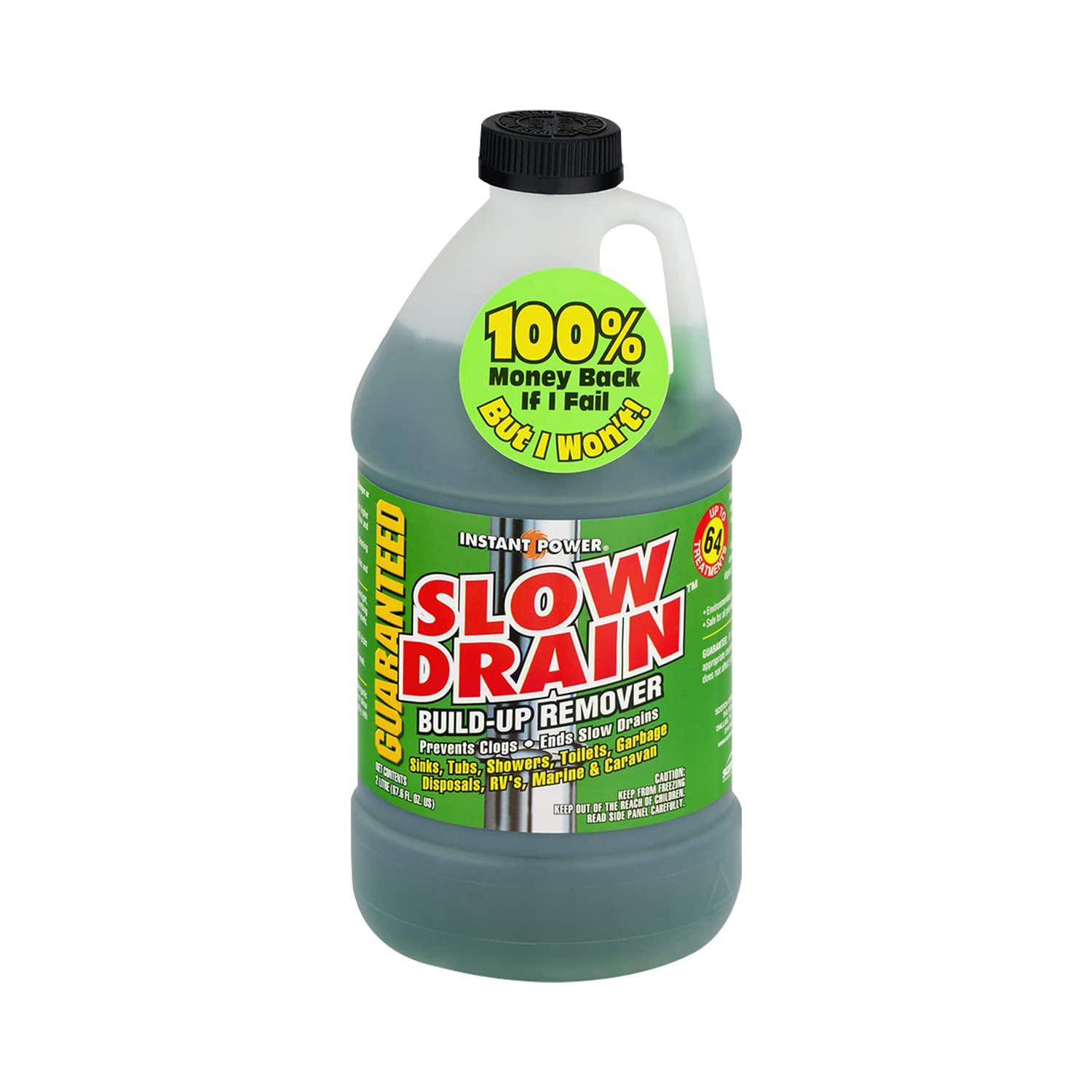
Those pesky clogs often start in our toilets, kitchen sinks, bathroom sinks, or the shower. But fear not, there’s a bunch of ways to prevent such nuisances.
First off, avoid pouring oils or grease down your sink. Instead, put such substances into a sealed container and bin it.
Installing strainers on all your drains is a great idea too. They catch all manner of stuff, especially hair – a common culprit in many clogs.
It’s crucial to be mindful of what you’re flushing down your drains. Things that solidify like paint or wax should be kept well away.
Your loo isn’t a bin. Apart from the obvious and toilet paper, nothing else should be sent swirling down there!
While using your disposal system, make sure to run cold water for at least fifteen seconds after you switch it off.
Clearing Small Clogs
Got a minor clog on your hands? A plunger can often do the trick. Just make sure you pick the right one for the job.
Liquid drain cleaners might seem like a good idea but watch out! They can contain toxic chemicals that may harm your pipes.
If it’s a kitchen sink clog you’re grappling with, look underneath the sink. By removing the trap, you might just find the blockage.
What Not to Put Down Your Kitchen Drain
What are some common items that can cause blockages?
Many homeowners are unaware of the havoc that certain everyday items can wreak on their kitchen drains.
Food scraps, especially tough or fibrous ones like onion layers and eggshells, are often a culprit.
Similarly, coffee grounds should never be washed down the sink as they can clump together and form clogs.
Are fats and oils safe to pour down the drain?
One common misconception is that fats, oils, and grease are safe for kitchen drains. This couldn’t be further from the truth.
When these substances cool, they harden and stick to pipe walls, leading to serious blockages over time.
Can I use my garbage disposal for all waste?
The garbage disposal is a handy tool but it’s not an all-purpose waste processor. Hard or stringy foods can damage its blades.
Additionally, starchy or expandable foods like rice and pasta should be thrown in the bin as they can swell and block pipes.
What about other household objects?
Paper towels, tissues, and other hygiene products are also off limits for your drain. They don’t break down easily in water and can quickly clog your pipes.
Sewerage systems aren’t designed to handle plastic wrappers or sanitary items either — these belong in the rubbish bin.
If I avoid these items, will I prevent all drain clogs?
Avoiding these troublesome substances can drastically reduce the risk of kitchen drain clogs.
However, regular maintenance is also key to keeping your drainage system functioning smoothly.
Cleaning Drains: Effective and Safe Techniques
Drain cleaners come in many different formulations, each designed to tackle a specific type of clog. Understanding the types of cleaners can be useful for maintaining your kitchen drain.
The most common drain cleaners you’ll find are enzymatic, chemical-based, and manual tools. All three have their own strengths and weaknesses when it comes to ridding your pipes of stubborn clogs.
Enzymatic cleaners use bacteria-based enzymes to break down organic matter like hair and food particles. They are less harmful to your plumbing but may not be strong enough to dissolve a complete blockage.
Chemical-based cleaners are divided into two main types: caustic and oxidizing. Caustic cleaners are tough on grease, making them an excellent choice for kitchen sinks.
- CLR Clear Pipes & Drains: This cleaner is fragrance-free and can also be used in garbage disposals. It does not clear complete clogs.
- Thrift Odorless Drain Cleaner: A great option for maintaining septic tank systems and clearing slow-draining sinks and tubs. However, it’s not effective on clogs in standing water.
- Ridgid 6 ft. Toilet Auger Drain Snake: This 6-foot tool reaches deep down the toilet line. Despite its vinyl guard protecting porcelain surfaces, instructions might be complex for novice DIYers.
Oxidizing cleaners work best on clumps of hair, food, and other organic matter, making them ideal for bathroom drains. But they can potentially cause more damage than enzymatic cleaners.
- Xion Lab Safer Drain Opener: This product is tough on hair and grease clogs. It’s safe for septic systems but may require multiple applications for stubborn clogs.
- Bio-Clean Bacteria Septic Cleaner: A chemical-free option that also clears garbage disposals. It must be left overnight to work.
- Drano Max Gel Liquid Clog Remover: An excellent value, this cleaner can be left overnight. However, it’s not intended for toilet clogs.
Manual tools referred to as ‘snakes’ are effective for clogs deeper in the plumbing line. They feature long, sharp probes that break up the blockage.
- Vastar Drain Snake: Good at removing long hair from drains, it’s chemical-free and non-caustic but can break in the drain if not handled carefully.
- Liquid-Plumr Hair Clog Eliminator: Quick acting with a scent-free formula, but less effective on grease.
- Green Gobbler Drain Opening Pacs: Great value with pre-measured dosing. The powder needs to be left overnight for tough clogs.
To avoid damage to your pipes and yourself, always use a plunger before reaching for a chemical cleaner.
Never mix drain cleaners or leave them in the drain longer than instructed. Always flush the drain well after using a chemical cleaner and never attempt to clear a toilet clog with one.
If unsuccessful using these methods, don’t hesitate to call a professional plumber. Remember, excessive use of chemical cleaners can cause damage to your pipes.
Recommended Tools for Removing Kitchen Drain Clogs
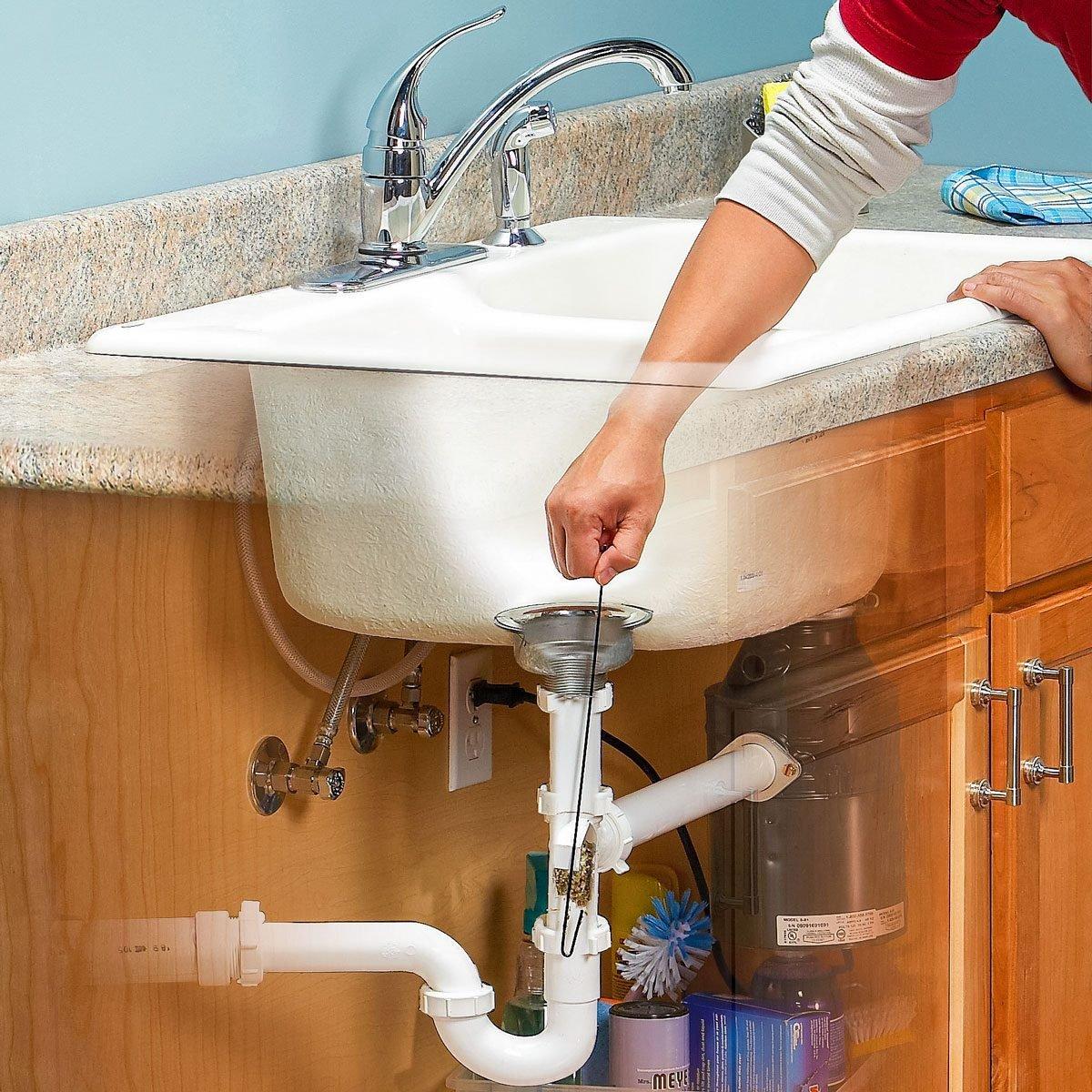
Dealing with a blocked kitchen drain is a common issue, but fret not, mates. The right tools and a bit of know-how can solve this dilemma.
Every homeowner should have a plunger at the ready. It’s your first line of defence when tackling stubborn clogs.
Sometimes, though, the plunger won’t be enough. This is where a good drain snake or auger comes into play.
For minor blockages, a mixture of baking soda and vinegar may just do the trick.
Don’t forget your safety gear – rubber gloves and safety glasses are vital to protect yourself.
| Tool | Type of Blockage | Is it Safe to Use? |
|---|---|---|
| Plunger | Moderate | Yes |
| Auger or Drain Snake | Severe | Yes |
| Baking Soda & Vinegar | Minor | Yes |
| Rubber Gloves & Safety Glasses | All types | Essential Safety Gear |
| Drain Cleaner (optional) | Moderate- Severe | If used properly, yes |
| Wet/Dry Vac (optional) | Moderate-Severe </t | If used properly, Yes |
| Always remember safety first! | ||
As always, it’s crucial to use these tools properly to prevent further damage. For severe blockages, consider calling a professional plumber.
Keeping Your Kitchen Drains Clean: Weekly and Monthly Routines
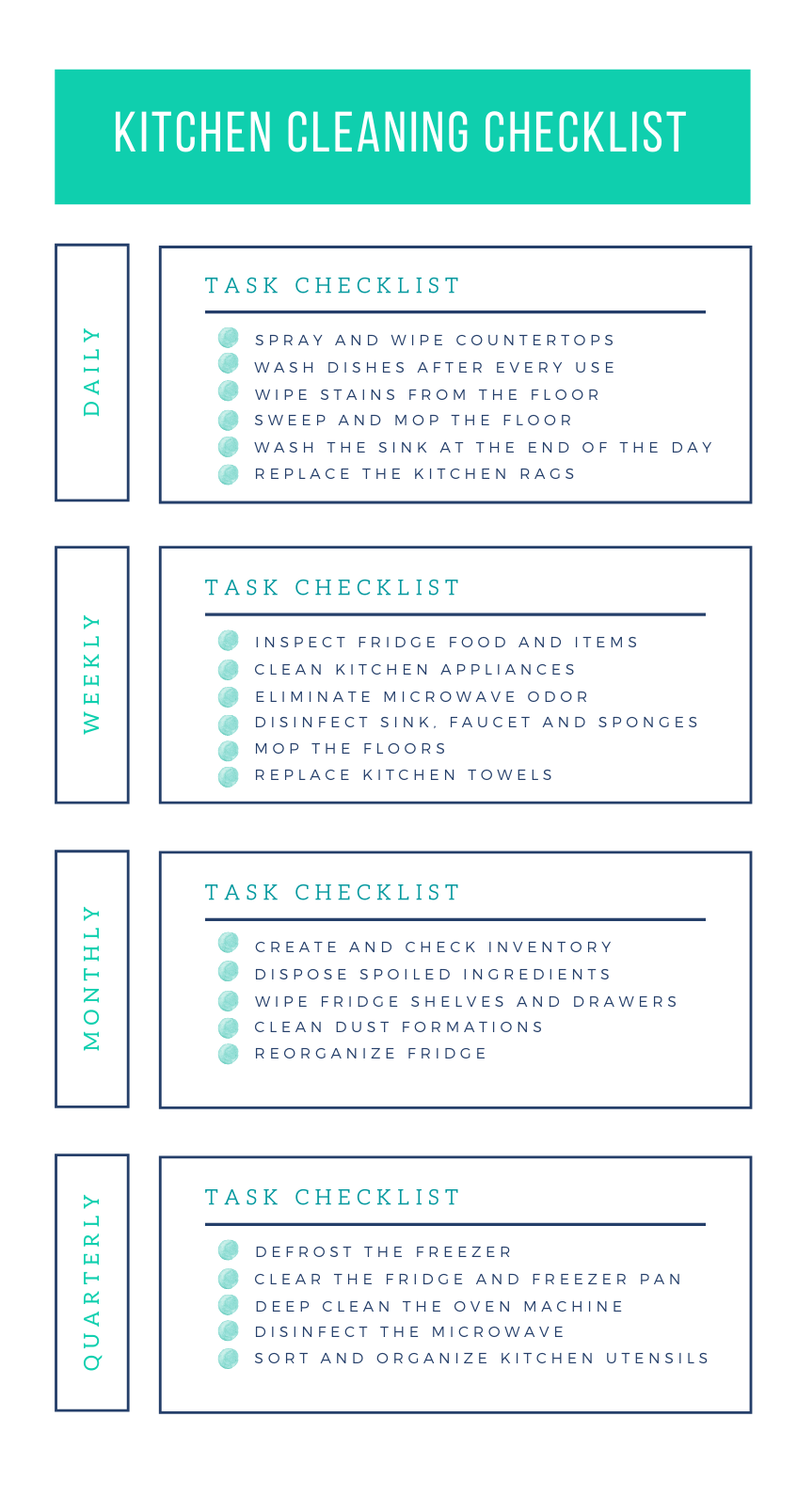
Establishing a routine for drain maintenance can save you a heap of trouble down the line. Daily, weekly, and monthly tasks will help keep your drains in tiptop shape.
Daily Care for Drains
Firstly, make sure your garbage disposal is running properly to break down food waste efficiently. It’s a good idea to run cold water whilst using it and for about 60 seconds after turning it off.
Another daily task is cleaning your sink and drain stoppers regularly. A simple scrub can remove any debris that might build up and cause blockages.
Weekly Drain Maintenance
Once a week, pour hot water down the drain, this helps melt away accumulated grease or fat. Trust me, your drains will thank you!
A drain strainer or screen can work wonders by preventing large food particles and other debris from entering the pipes.
A Monthly Routine
A bacterial drain cleaner used once a month can help breakdown solidified debris. Remember to regularly check and clean your drain stoppers and assemblies too.
Don’t forget to inspect and clean your septic system and sewer lines periodically. A bit of diligence goes a long way in preventing plumbing problems.
Preventing Kitchen Clogs
Food waste, grease accumulation, hair, and soap scum are common culprits behind kitchen clogs. Avoid pouring oil or fat down the drain; it’s not what it’s built for!
Consider using products like drain strainers or screens, natural cleaners like baking soda and vinegar or commercial drain cleaners for more serious clogs.
Last but definitely not least, call a professional plumber for persistent clogs or complex plumbing issues. Trust me, they’ve seen it all before!
Tips for Flashing Your Drain and Keeping it Unclogged
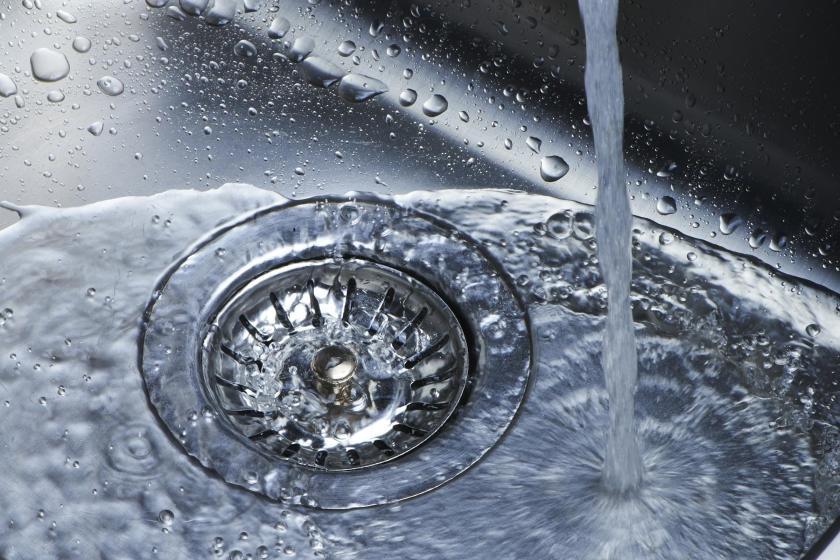
Having issues with a blocked drain? There are some tricks that are more effective than others. Here’s a few tips to get the best results:
Baking Soda and Vinegar Combo
A half-cup of baking soda poured directly into the drain, followed immediately by a half-cup of white vinegar. Allow the mixture to bubble and fizz for a while.
Once the reaction eases up, flush the drain with hot water – for plastic pipes, or boiling water – for metal pipes. Ideal for kitchen sinks or garbage disposals dealing with food or grease clogs.
The Salt and Boiling Water Trick
A few tablespoons of salt combined with a splash of boiling water can soften hair and food particles, aiding in their swift escape down the drain.
Though keep in mind, this method is not suitable for PVC or any plastic plumbing since hot water may damage such pipes and cause swelling at the joints.
Employing a Wet/dry Vacuum
If you own a wet/dry vacuum, it can be quite an ally in dealing with clogs. Fit the vacuum over the drain hole – you might need to wrap a wet towel around the hose to maximise suction.
Turn on the vacuum and let it create suction within the pipe. It won’t work for every clog but can come in handy for those just out of reach.
Making Use of Coat Hangers or Wires
If you’re able to see the blockage, straighten out a metal coat hanger or wire to form a hook. Insert this hook into the drain to latch onto the clog. Gently pull back out, removing the gunk.
Keep repeating this process until the clog is entirely removed. Remember: persistence is key!
Cleaning and Maintaining Your Garbage Disposal
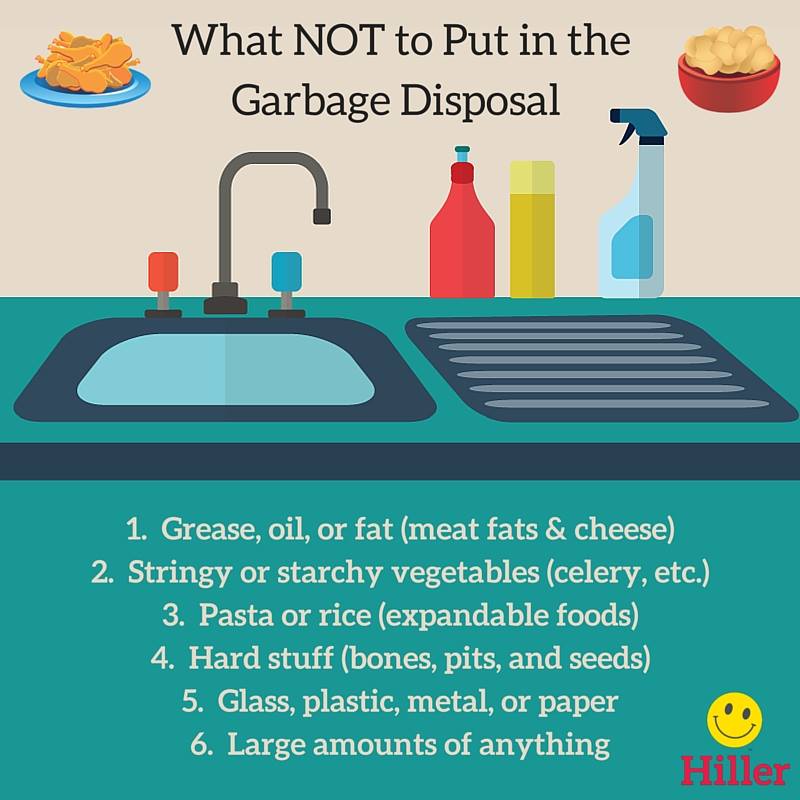
Your garbage disposal is an unseen hero in your kitchen. It’s easy to forget it’s there, but like all appliances, it needs a bit of TLC every so often.
Food remnants can become lodged in your disposal, leading to decay and nasty smells. Plus, grease and fibrous veg can create a hard-to-shift gunk.
The good news is cleaning your garbage disposal is not a big deal. And you might have everything needed right in your pantry. Naturally derived cleaning agents are the go.
| Material | Use |
|---|---|
| Baking soda | Deodorizes |
| Vinegar | Cleans away stubborn grime |
| Ice and salt | Scrubs the grinder and blades |
| Lemon peels | Freshens up your disposal unit and sink area |
Here’s a heads up though, don’t forget to turn off the power before you start!
Begin by removing the rubber splash guard (also called a gasket or baffle). Use an old toothbrush or scrubbing brush to remove particles that have become trapped underneath it.
Always check for food particles inside the disposal using a flashlight. If you find any, use tongs or pliers to remove them. Never use your hands!
Next, pour half a cup of baking soda into the disposal and let it sit for 30 minutes. Then, add one cup of vinegar and watch the magic happen! After about three minutes, rinse with hot water.
Reinstall the splash guard and pour in two cups of ice, topped with a cup of salt. Let this concoction run until all the ice is pulverized.
Last but not least, freshen it up with a citrusy scent. Just pop a citrus peel into the disposal, turn it on, and enjoy your freshly cleaned kitchen helper!
When to Call in a Professional for Drain Cleaning
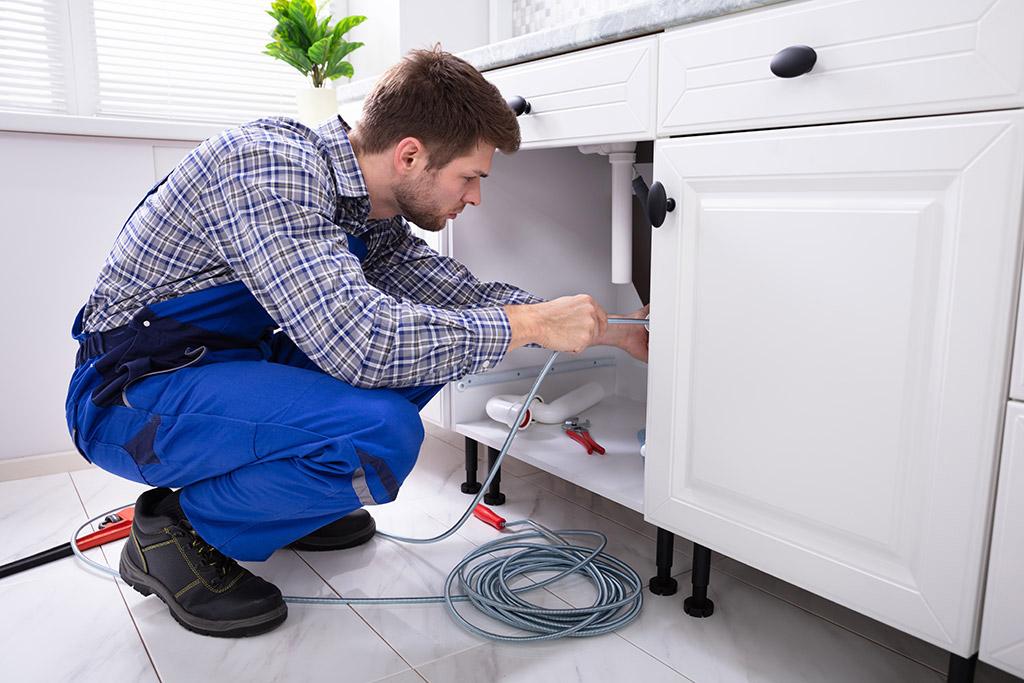
Us Aussies like to give things a crack and fix them ourselves. But, sometimes you gotta know when to call in the professionals, especially when it comes to drain cleaning.
- Unusual Noises: Hearing gurgling sounds from your drain? It could be a sign of a partial blockage or problems with the drain system itself.
- Persistent Issues: Faced with constant clogs even after using commercial drain cleaners? This indicates that the problem lies deeper within your sewer line.
- Foul Smells: An unpleasant odour emanating from your drains is one of the clearest signs you need professional assistance. It could point to serious issues with your pipes, or septic system.
- Water Backing Up: If water starts backing up in your tub when showering, or in your sink when the dishwasher runs, it’s definitely time to ring up a pro.
These problems if left unchecked, can lead to costly damage. It’s best to call us at Ferguson’s Plumbing right away.
We’ve got expert technicians equipped with tools like drain snakes and hydro-jetting systems ready to tackle those stubborn clogs. They’ll assess the issue, clear up the pipes, and get your drains working like new again.
In some tricky cases, we might also recommend conducting a video inspection of your drains. This helps us pinpoint the exact cause of the blockage – be it age-related deterioration or pesky tree roots finding their way into your pipes.
The key thing here is not to ignore these signs and wait for an emergency. Get ahead of potential disasters by calling us the moment you notice these symptoms!
Guard Your Drains
Avoid dealing with stubborn clogs by adopting top-notch kitchen drain maintenance practices. Keep your drains free of grease, food scraps, and coffee grounds. Regularly flush with hot water and consider using a mixture of vinegar and baking soda for extra cleaning power. Remember, it’s easier to prevent a clog than to fix one!
- Kitchen Oasis. Fusion of Relaxation and Functionality (AU) - November 2, 2024
- Pure Water Pleasure. Why You Should Consider Installing a Kitchen Water Filter - October 22, 2024
- Green Plumbing Practices. Eco-Friendly Ideas for Your Melbourne Kitchen - October 2, 2024
Related posts:
 Simple Plumbing Tips for Trouble-Free Kitchen Operations
Simple Plumbing Tips for Trouble-Free Kitchen Operations
 Plumbing Perfection: Tips to Maintain Your Aussie Kitchen’s Lifelines
Plumbing Perfection: Tips to Maintain Your Aussie Kitchen’s Lifelines
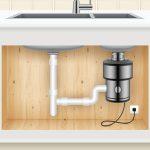 Insider’s Guide: Understanding Your Kitchen Plumbing System
Insider’s Guide: Understanding Your Kitchen Plumbing System
 8 Tips to Minimise Kitchen Plumbing Leaks
8 Tips to Minimise Kitchen Plumbing Leaks
 Easy Kitchen Plumbing Upgrades to Save on Your Water Bills
Easy Kitchen Plumbing Upgrades to Save on Your Water Bills
 Maintaining Your Kitchen Appliances: Top Tips for Melbourne Residents
Maintaining Your Kitchen Appliances: Top Tips for Melbourne Residents



